Road positioning
The Video Course teaches you everything about modern cars.
Positioning is an important part of safe driving, both in helping to show other road-users what you are about to do, and in providing you with the best visibility.
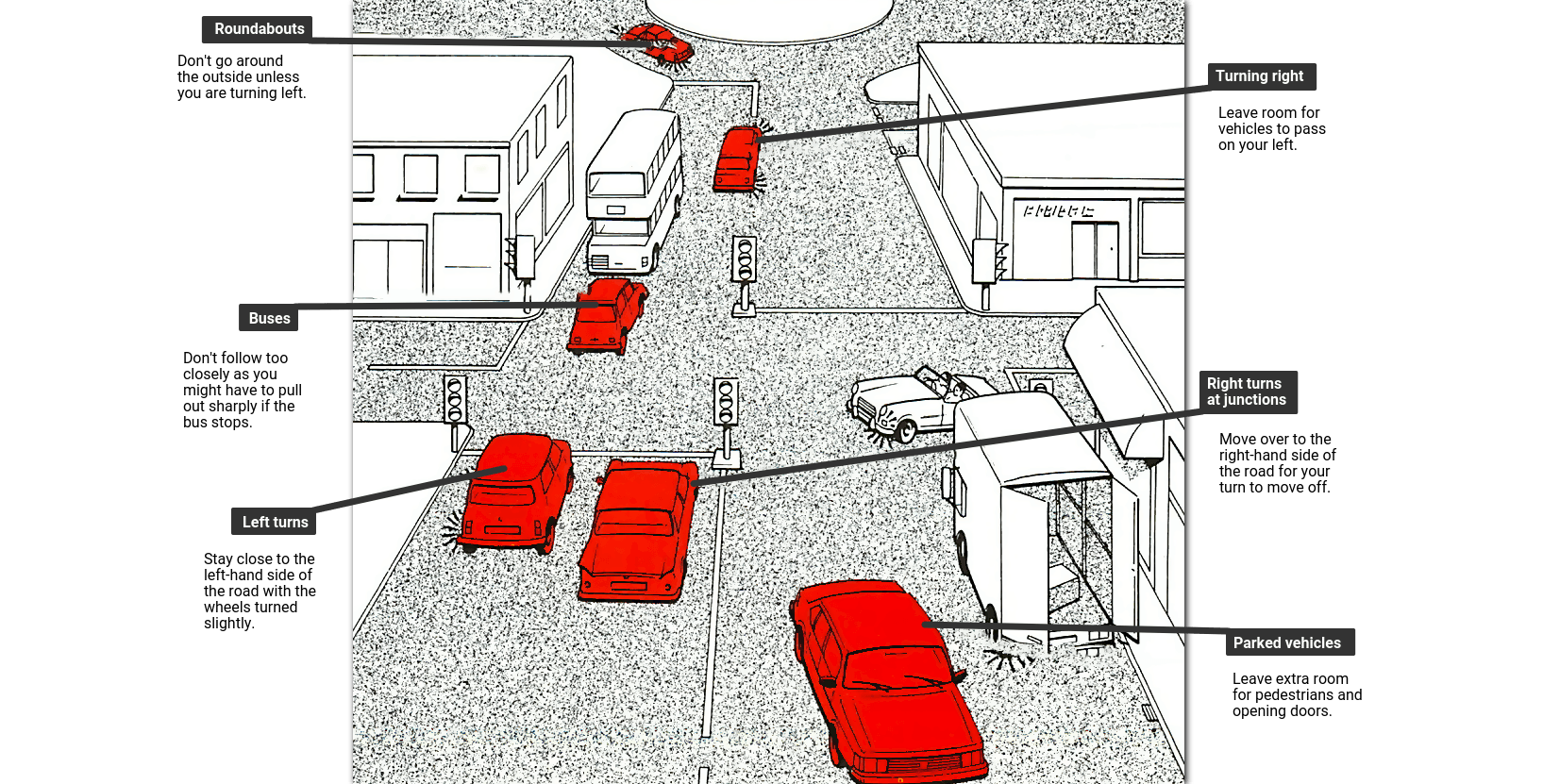
In normal driving you should aim to occupy the middle of your lane, so that you are clear of the gutter but not so far over to the centre of the road that oncoming drivers become nervous.
However, you may need to modify this position and move further to the right if there are cyclists or pedestrians on the left, or move to the left if long or wide vehicles need more room.
Other vehicles
Because of the relatively small size and easy manoeuvrability of a car, you can position yourself roughly where you want. But some other road-users are not so lucky — wide, long or tall vehicles often have only one choice of position to get round an obstruction.
So be ready for articulated vehicles to prepare for a corner by swinging in the opposite direction to which they wish to turn; expect high-sided vehicles such as buses to appear in the middle of the road under narrow bridges.
Winding roads
On open, winding roads, youusually have a lot more choice as to your road position than in towns which have many more road markings and generally less space. This is just as well, because country roads are often potholed at their edges. As you are likely to be travelling faster than in town, standing water can become a problem - you need room to avoid both these hazards.
One useful technique to give extra visibility on twisty roads is to `position for an early view', so that you can see oncoming vehicles as early as possible. This means moving the car - assuming you have space - over to a position which allows you to see further around the corner.
On right-hand bends, move the car as far over to the left as you can: on left-hand bends, move over to hug the centre marking, but be ready to move left again if another vehicle appears from the other direction to give it plenty of room.
Junctions
The direction you intend to go from a junction should dictate the position you adopt.
Even if there is only one lane's width at a junction, you can adopt a position to either the left or the right depending on which way you intend to turn, while still remaining in lane. A slight turn of the wheels in the required direction also helps to make your intentions extra clear.
When turning from a main road at a junction, similar techniques can be adopted on the approach. When turning left you need to be as far in to the kerb as you can without risking clipping the corner of the pavement with the rear wheels.
On right turns, signal your intentions early and take up a right-hand position on the approach. Stay close to the centre of the road while you wait for a gap to turn through, so that other drivers have room to pass on your left.
Motorways
Much of the congestion on today's motorways is caused by drivers who insist on driving in the middle and right-hand lanes, even when the rest of the road is comparatively clear. What happens is that other, faster traffic comes up behind and cannot get past, leading to bunching. When tempers become frayed, an even more dangerous situation sometimes occurs—some drivers will overtake on the inside.
When the traffic density on a motorway is really severe, there is often less congestion in the middle and left-hand lanes, which frequently fare better when the next traffic jam occurs. So it is good advice not just to take up position in the queue in the third lane.
The rule is that the third lane is for overtaking; not for fast cruising, and by keeping out of it you have a much better chance of not being involved in a motorway pile-up.
Distance
In congested conditions it is very difficult to maintain a safe distance from the vehicle in front. Yet it is important that you do so because this distance can prevent accidents .
A good rule of thumb, and one which works at any speed, is to always be two seconds behind the car in front— more in poor cnnditinns_
Being in position on open roads
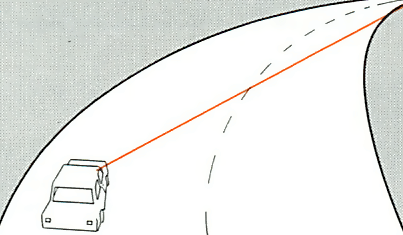
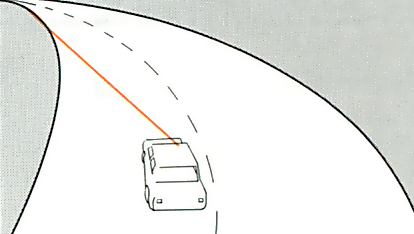
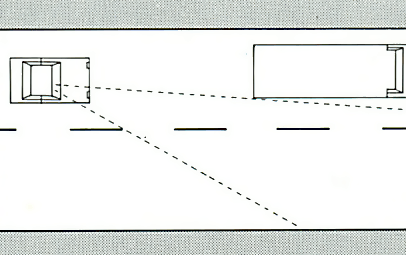
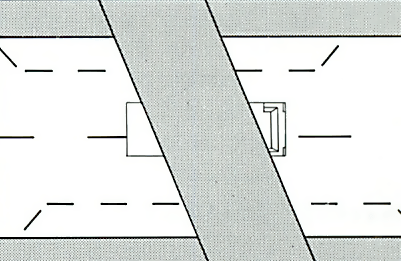
Roundabouts
Positioning for roundabouts is much the same as for junctions - the approach helps signal your intentions.
When intending either to turn left or to go straight on, approach in the left-hand lane and stay in the outside lane of the roundabout there is usually room for two cars to travel here side-by-side. When you are going any further than the second exit of the roundabout, approach in the right-hand lane and drive around the inside.
Overtaking
The Ultimate Car Mechanics video course
Learn everything about modern cars from our new video series.
Learn more >-
We build a Mazda MX5 Miata from scratch
We start by tearing down and then rebuilding the whole car.
-
Every part explained
There's ridiculous detail on every part. Clearly and easily explained.
-
All modeled in 3D
We've created the most detailed 3D model ever produced so we can show you everything working.






